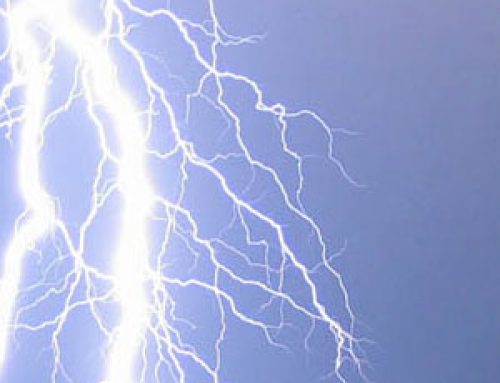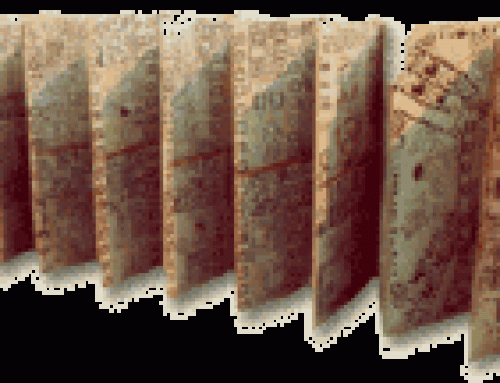
Early Japanese literature: A copy of the Kojiki from the 1300s AD
Printing and paper in Japan
Just after 700 AD, the Japanese Empress Genmei ordered her staff to write and publish Japan’s first history book, the Kojiki, and the first geography and botany book, the Fudoki. The recent invention of wood-block printing meant that people were publishing and reading a lot of books in nearby China, and Genmei wanted to keep up.
History of paper
History of printing
Nara period Japan
All our Japan articles
The new craft of paper-making, which came to Japan from China (possibly through Korea) about 610 AD, made books less expensive than they had been before, too. Genmei’s daughter, the Empress Gensho, had another history book published too, the Nihonshoki.
History of Korea
T’ang Dynasty China
Early Chinese literature
The first Japanese poetry book, the Manyoshu – a collection of poems by different authors – came out about 760. In 764, Empress Koken published Japan’s first wood-block printed mass-produced text – a Buddhist prayer. All of these books were written in Chinese characters, even though they were in the Japanese language.

a later image of Sei Shonagon (drawn in the 1600s AD)
A more Japanese style
As Japan turned away from China in the early 900s, another book of poetry, the Kokinshu, started a trend of writing in a more Japanese style. Many of these poems had lines of 5-7-5-7-7 syllables, the ancestors of later haiku. People began writing in a mixture of Chinese characters and new phonetic characters called kana that worked better for Japanese. Possibly the Buddhist priest Kukai, who visited China and learned Sanskrit there in the early 800s AD, based the kana characters on the alphabetic writing of Sanskrit.
History of the alphabet
Buddhism in Japan
Heian period Japan
The Tale of Genji and the Pillow Book
Around the year 1000, ambitious women found they could help their families gain power through their writing. Murasaki Shikibu wrote The Tale of Genji, a novel about an emperor’s son and his romances, and at the same time Sei Shonagon wrote The Pillow Book, a collection of poems and essays.
Japanese historical epic
People kept on writing historical epics in late medieval Japan; the Taiheiki, written in the late 1300s, tells the story of Emperor Do-Gaigo and the first shoguns a generation earlier.




